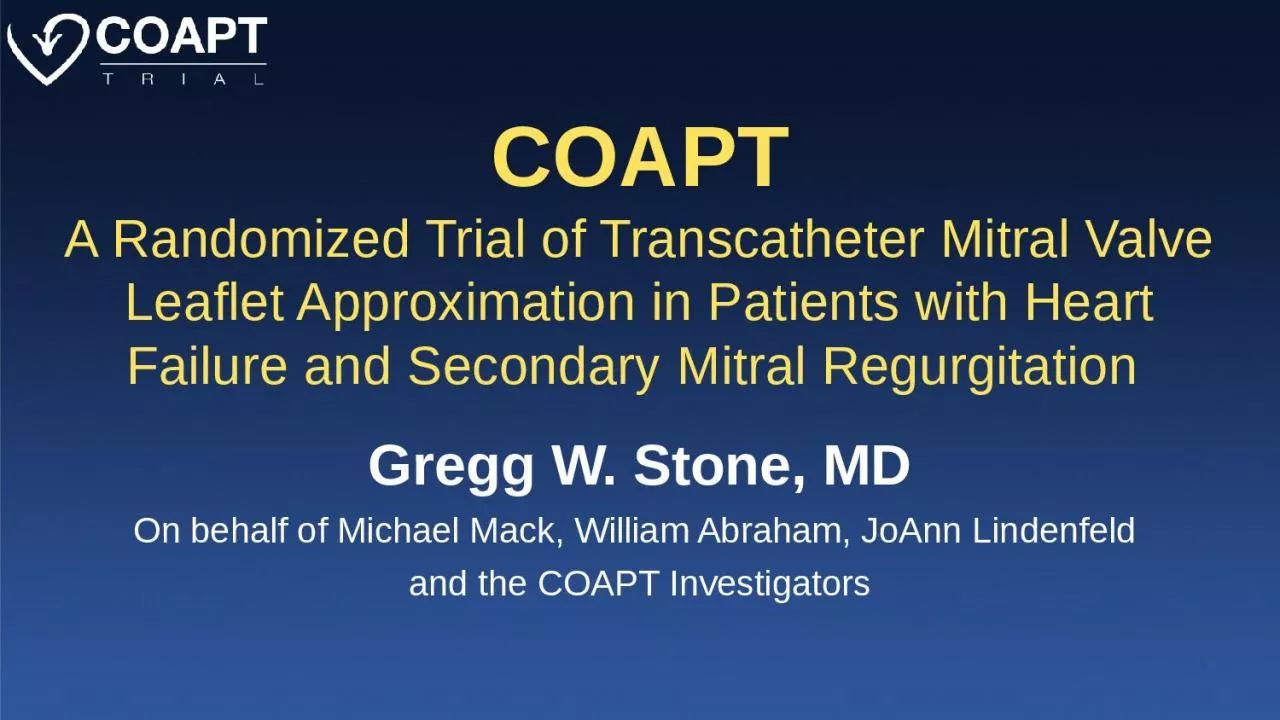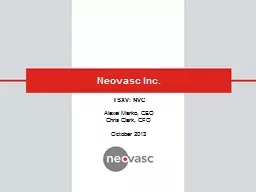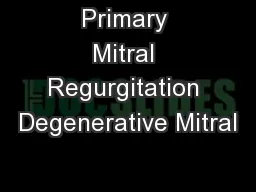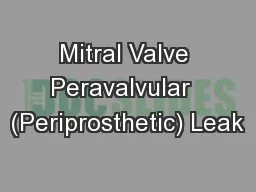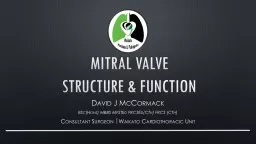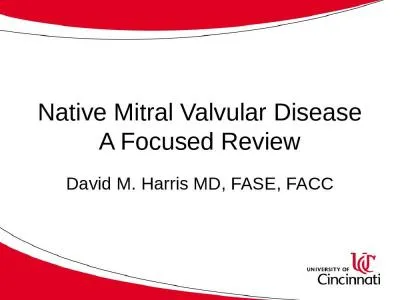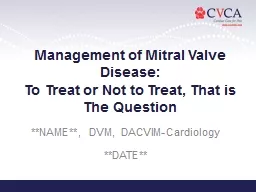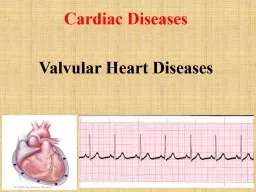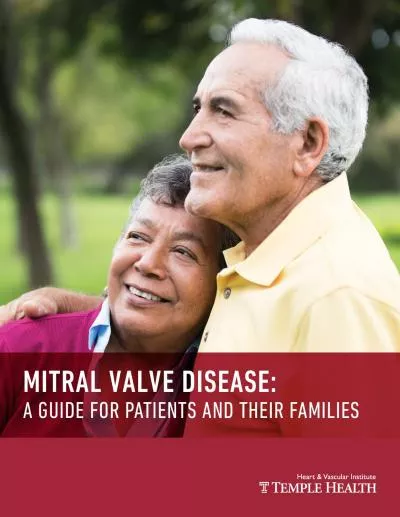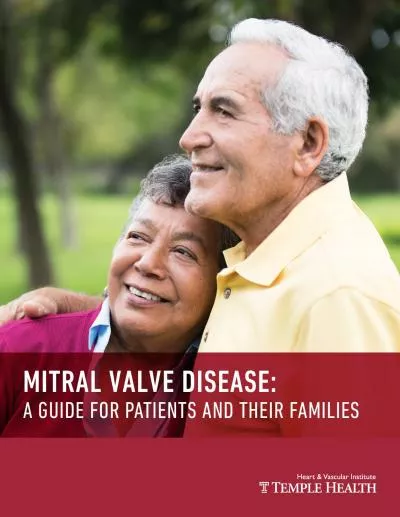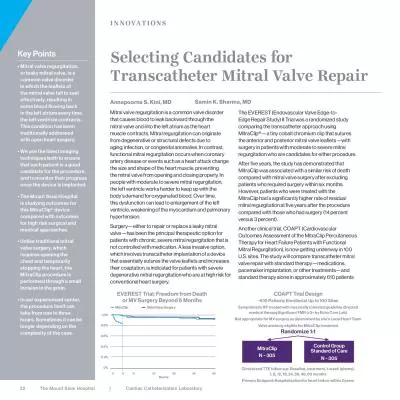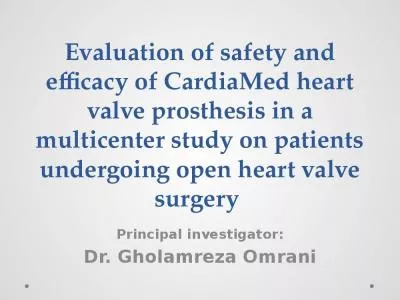PPT-COAPT A Randomized Trial of Transcatheter Mitral Valve Leaflet Approximation in Patients
Author : dora | Published Date : 2024-02-02
Gregg W Stone MD On behalf of Michael Mack William Abraham JoAnn Lindenfeld and the COAPT Investigators Gregg W Stone MD Consulting fees from Neovasc Valfix Gore
Presentation Embed Code
Download Presentation
Download Presentation The PPT/PDF document "COAPT A Randomized Trial of Transcathete..." is the property of its rightful owner. Permission is granted to download and print the materials on this website for personal, non-commercial use only, and to display it on your personal computer provided you do not modify the materials and that you retain all copyright notices contained in the materials. By downloading content from our website, you accept the terms of this agreement.
COAPT A Randomized Trial of Transcatheter Mitral Valve Leaflet Approximation in Patients: Transcript
Download Rules Of Document
"COAPT A Randomized Trial of Transcatheter Mitral Valve Leaflet Approximation in Patients"The content belongs to its owner. You may download and print it for personal use, without modification, and keep all copyright notices. By downloading, you agree to these terms.
Related Documents

